
This post was written by Sandra Noll, Birding Intern in 2014, 2015, & 2016.
Weekly bird walks offered in partnership between the Mono Lake Committee and the Mono Lake Tufa State Natural Reserve are off to a great start with a new record for opening day—41 bird species and several mammals!
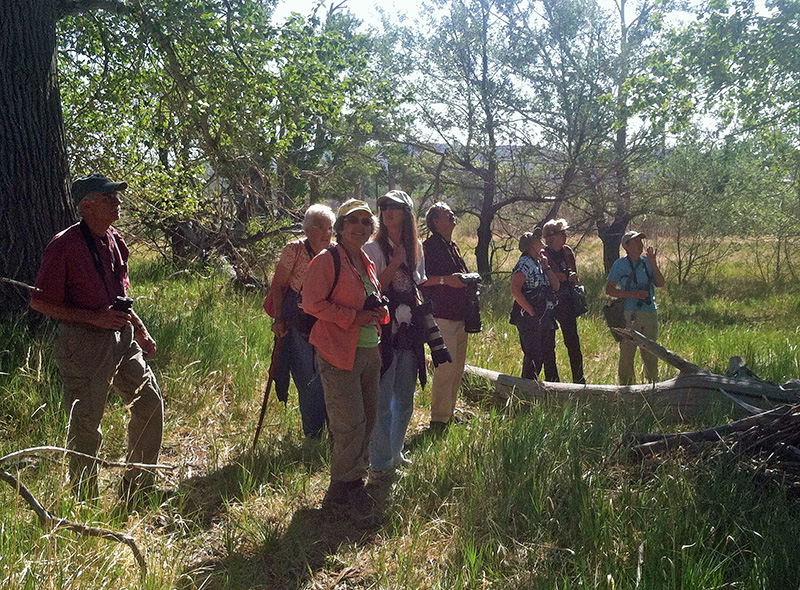
The guided walks take place at 8:00am every Friday and Sunday morning. Participants meet in the parking lot at Mono Lake County Park on Cemetery Road; no fees or registration required.
Anytime is a good time to “bird” at County Park because of the various habitats intersecting there: sagebrush scrub and meadow, a band of shaded riparian forest in the park itself, and marsh grasses alongside a boardwalk leading to the shore of Mono Lake. Spring, however, is special because birds are courting and nesting and some already have young.
Recent sightings include:
• a pair of Lewis’ Woodpeckers flying from snags over the meadow to catch insects—the Lewis’ flycatcher-like hunting style is unique in the woodpecker (Picidae) family;
• courting and nesting Northern Flickers in deadwood falls around the old Thompson Ranch across road from the park along with
• a Great Horned Owl family with two large chicks that are soon to fledge (fly);
• Mountain Bluebirds unexpectedly nesting in sagebrush scrub;
• House Wrens filling the air with a bubbling song much larger than expected from their tiny bodies;
• the brilliant yellows of Bullock’s Orioles and a variety of warblers among the park’s cottonwoods and willows;
• sandpipers, American Avocets, California Gulls, Violet-green Swallows, and blackbirds at the lake;
• and an active Osprey nest visible from the boardwalk at lake’s edge. Our attention drawn by a sharp “crack,” we were treated to an sight of the Osprey using its talons to snag and break off deadwood branches in flight which it then carried off to its not-so-neat nest atop a tufa pillar.
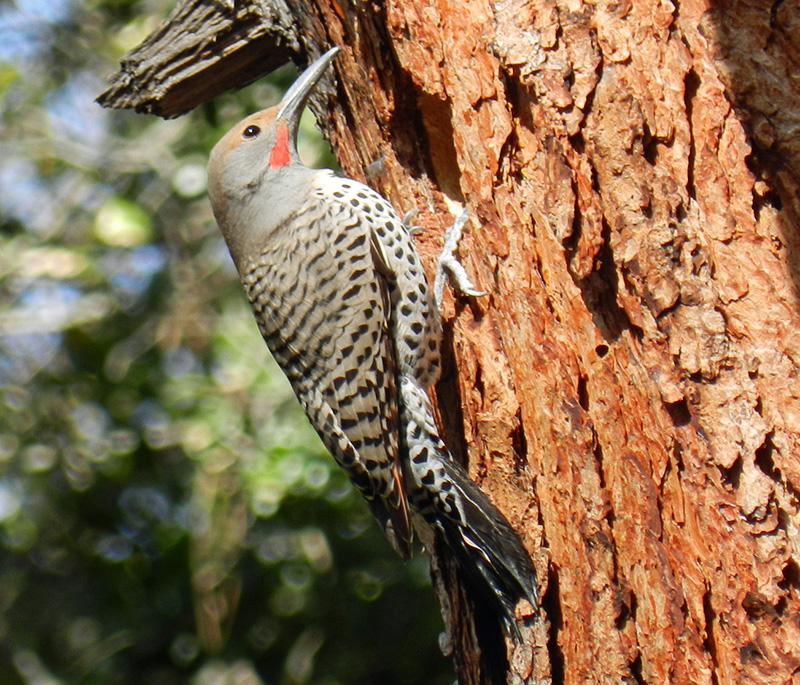
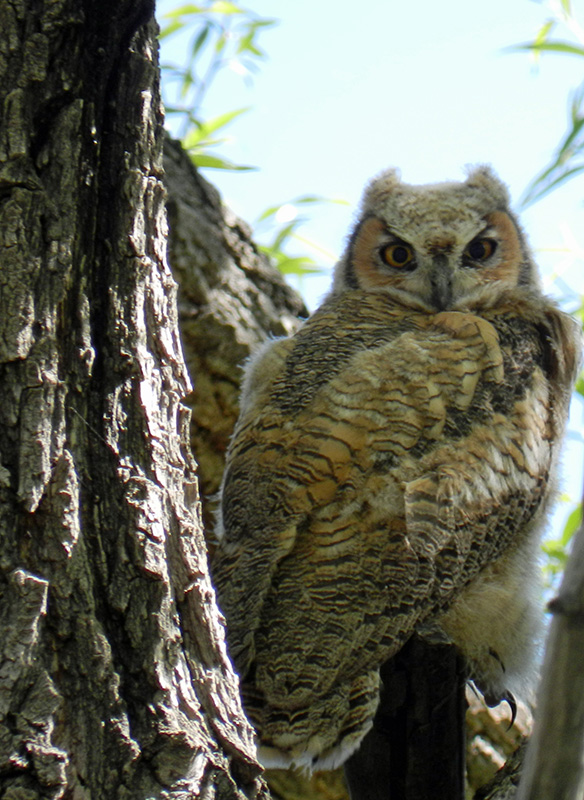
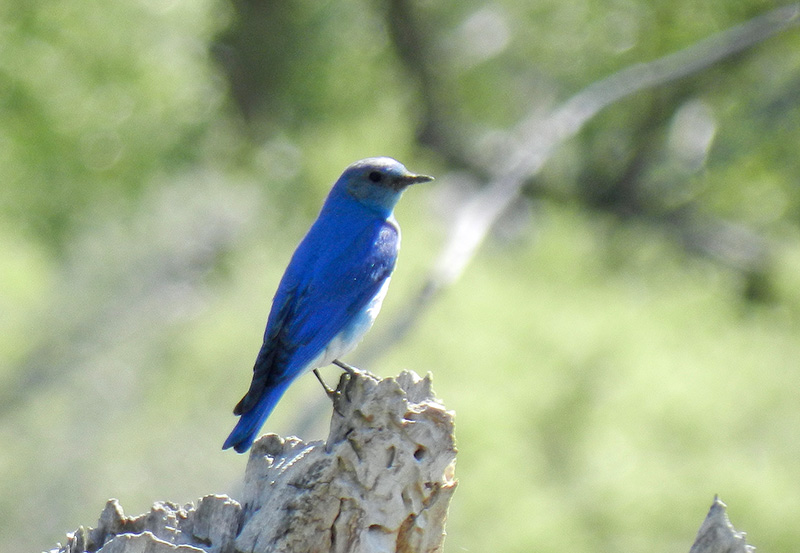
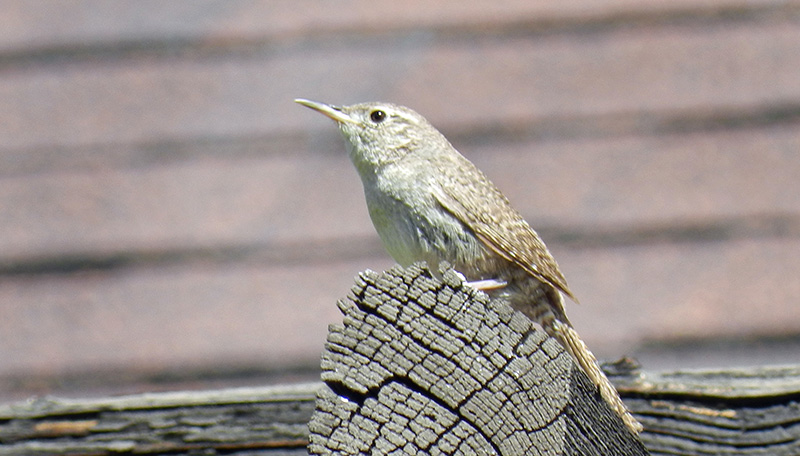
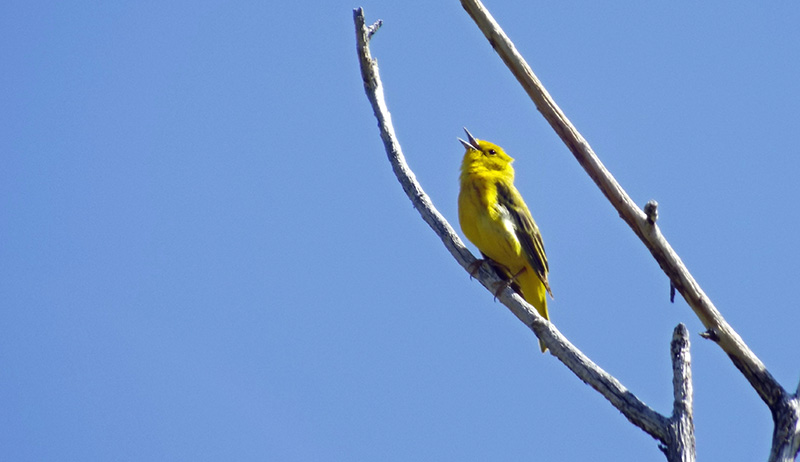
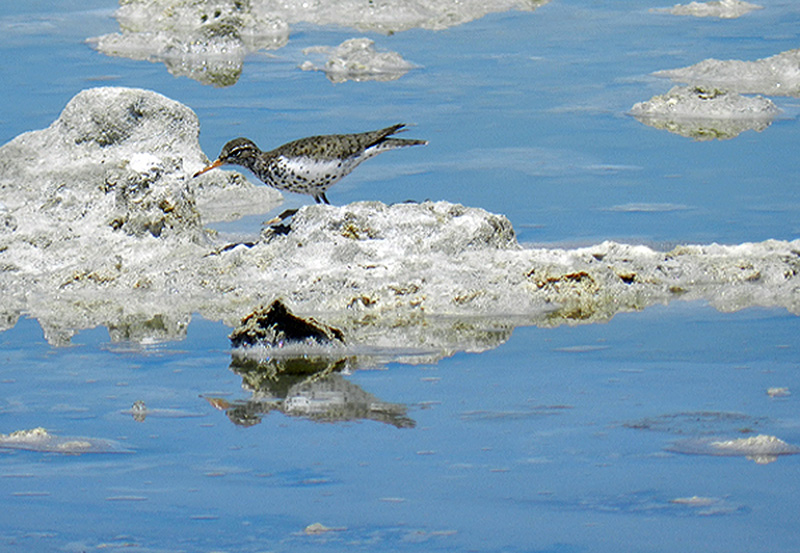
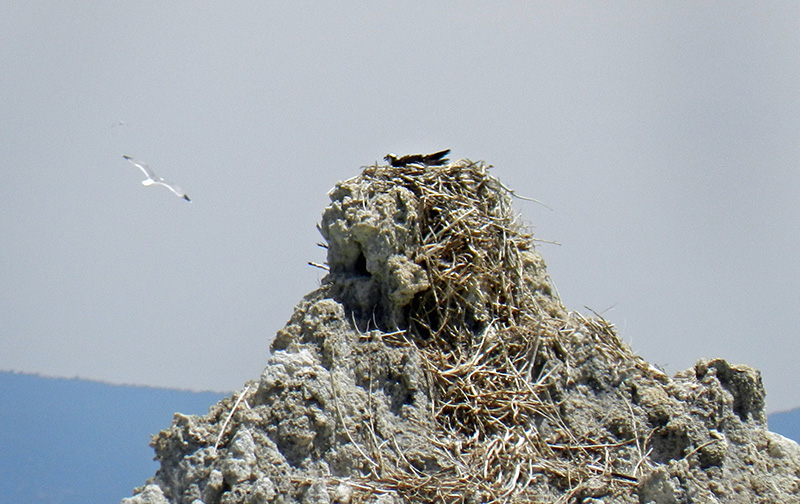
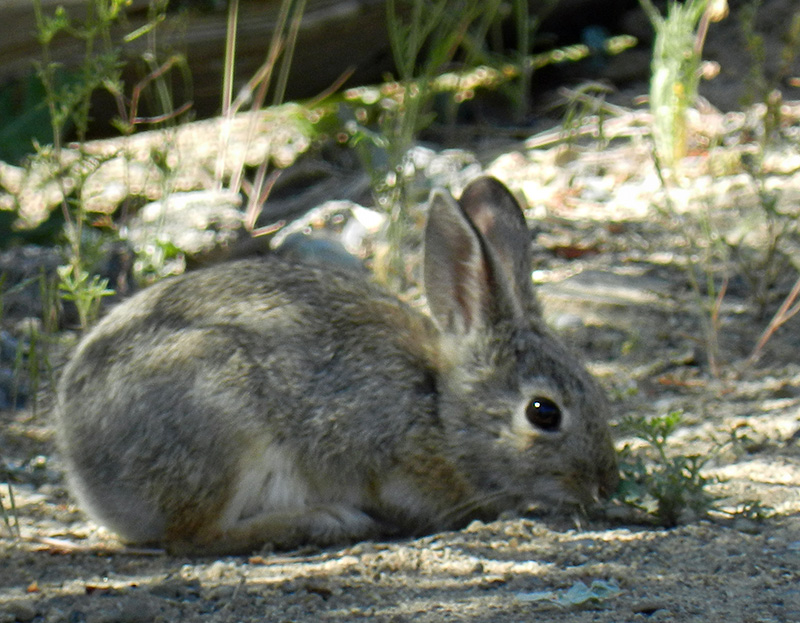
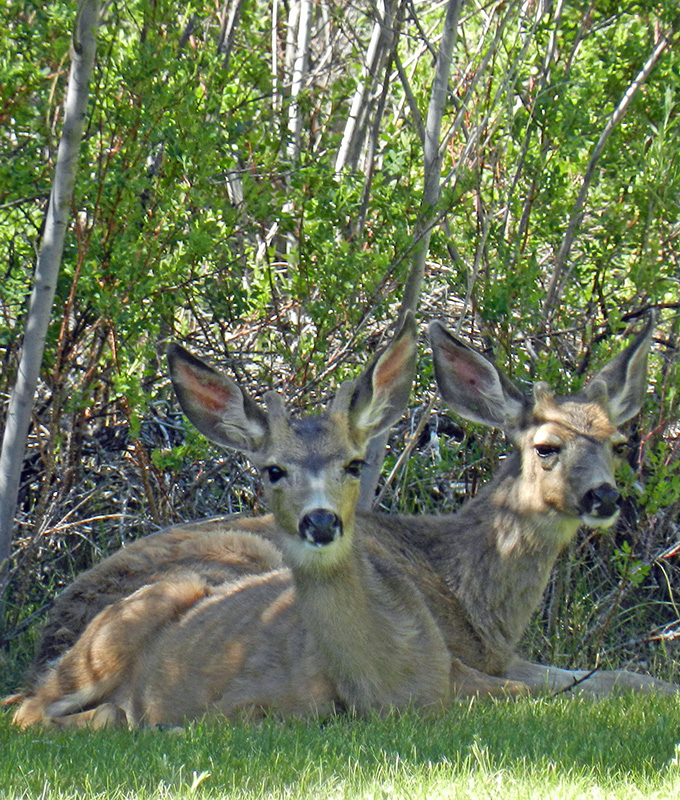
Bird walk participants often discover other delights as well, such as coyotes in the meadow, Belding’s ground squirrels, young cottontail rabbits in the park, and black-tailed deer resting in the undergrowth. Hope you can join us on Friday or Sunday morning!

Beautiful pictures! So still can’t wait to get there.
Sounds fantastic! We plan to partake soon. Thanks.
Who cut up all the trees in the park? That can’t be good for the birds.
David, I’m not sure I know what you mean about the trees that are cut up … what trees? There are some standing dead trees and some fallen trees along with all the thriving ones, and all of those provide good habitat for birds.
Sorry I did not mean cut down, but the cottonwoods on left hand side of road just pass the park, have been trimmed back . And the willows on the right hand side seen to be trimmed back also. Thanks for the reply. My wife and I enjoy the bird walks in the park.
David
Hi David, thanks for the clarification. I hope no birds are nesting that close to the road. It seems to me that with all the disturbance along the road that they might naturally shy away from that area, but I don’t know for sure.